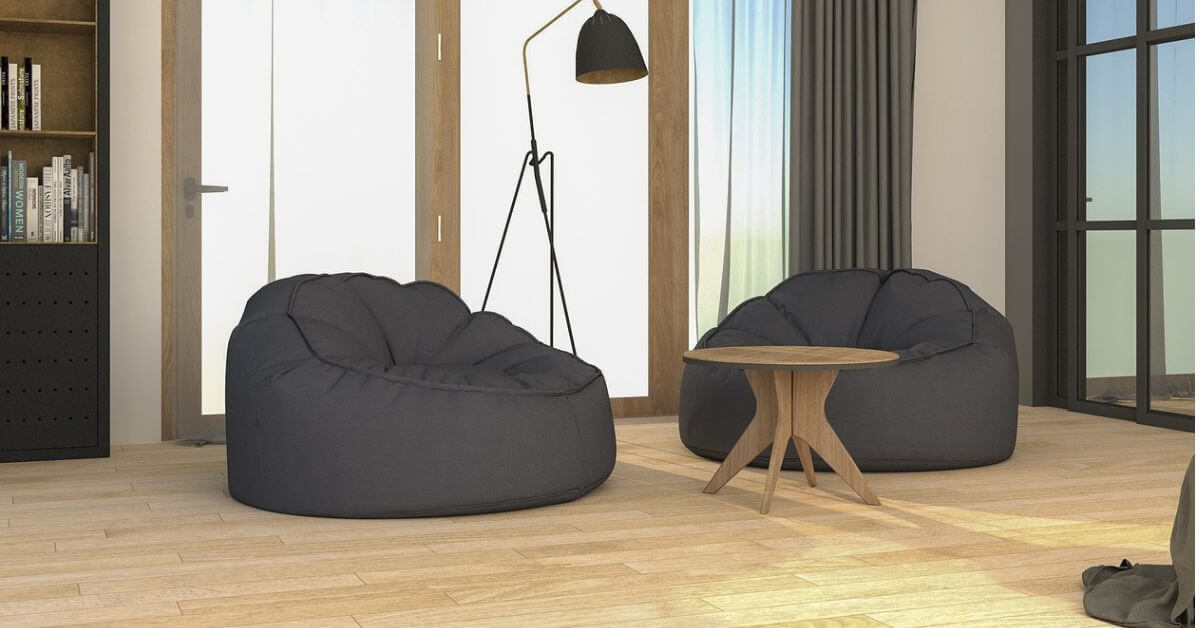The short answer is Yes, you can refinish engineered wood floors because the top thin layer is made of real hardwood. However, before you begin refinishing, you need to understand the engineered wood floor more deeply so that it can be confirmed whether your engineered wood floor can be refinished or not.
The base of an Engineered Wood Floor is made of high-quality plywood, and the top surface (also called the wear layer) is a layer of real hardwood. That’s why engineered wood flooring looks almost identical to hardwood flooring.
So whether you can refinish your Engineered Wood Floors or not depends on the thickness of the wear layer of the Engineered Wood boards. If the wear layer is thick enough, then you can finish; otherwise, refinishing is not recommended.
Generally, the thickness of the board is 10-20mm, and the thickness of the wear layer is about 1-3mm. The thickness depends on the company, quality of the boards and construction type of boards.
If the thickness of the wear layer of your engineered wood blocks is more than two mm, then you can refinish. Because when sanding, It takes one millimeter off the surface of the boards. Thus if your wear layer is around 3 mm, you can refinish it twice.
Why You Shouldn’t Refinish Engineered Wood Floors?
There are some situations and considerations where you should not refinish engineered wood floors. Here are some reasons:
Limited Thickness of Wear Layer
If the wear layer on your engineered wood floor is too thin, it is not enough thickness to refinish. Or if refinishing of your same floor has already been done earlier, you should not do refinishing. By this, you can damage your floor.
Risk of Damage
If the sanding process is not done by a professional or in the right manner, there is a high chance of uneven surfaces, scratches or dents on the floor, as the top layer can handle wear and tear less than solid hardwood.
Factory Finish
Engineered wood floors come with factory-applied finishes designed to be durable and last. Refinishing removes this and affects the durability and stability of the floor.
Mold or Rot
If you are refinishing your floors to remove mildew or rot, check to see how far the mildew has spread. Refinishing a floor only removes mildew from the top surface. If the core of engineered wood blocks has mold, you should replace the entire block instead of refinishing.
Why Should You Refinish Engineered Wood Floors?
Refinishing Engineered wood floors has many benefits, similar to refinishing solid hardwood floors. Here are the benefits of refinishing engineered wood floors:
Renewed Appearance
Over time, engineered wood floors can become scratched, dull from wear and tear, or discolored from direct sunlight. Refinishing can restore their original beauty, making them look new again.
Improved Durability
The refinishing process involves sanding down the top layer of engineered wood, removing imperfections and exposing a new layer. Applying a new finish over it increases the durability of the floor.
Cost-effective
Refinishing engineered wood boards is generally more cost-effective than replacing an entire floor board. This allows you to extend the lifespan of your flooring without the high cost of purchasing and installing new flooring.
Preserving Value
Reclaimed floors add value to your home. If you are planning to sell your property in future, you are likely to get a good price for your home.

